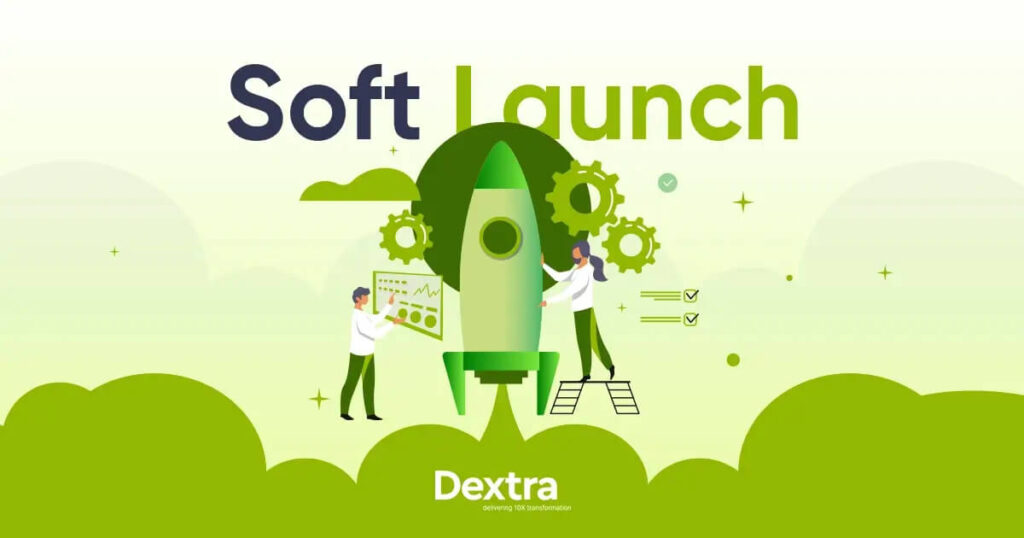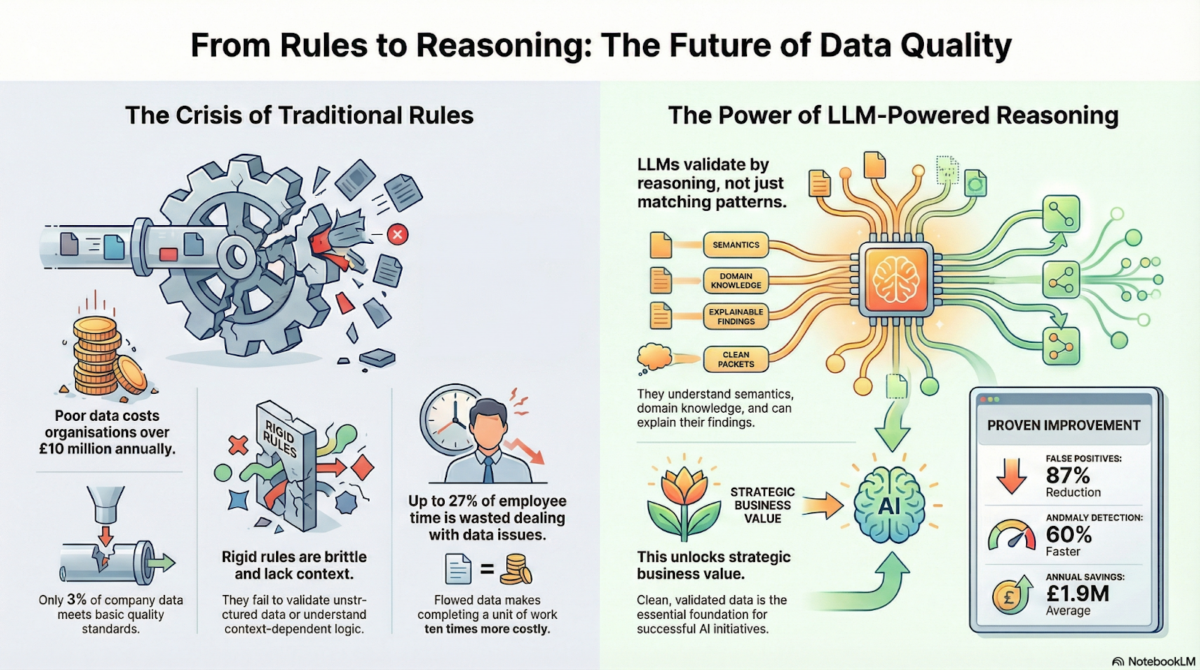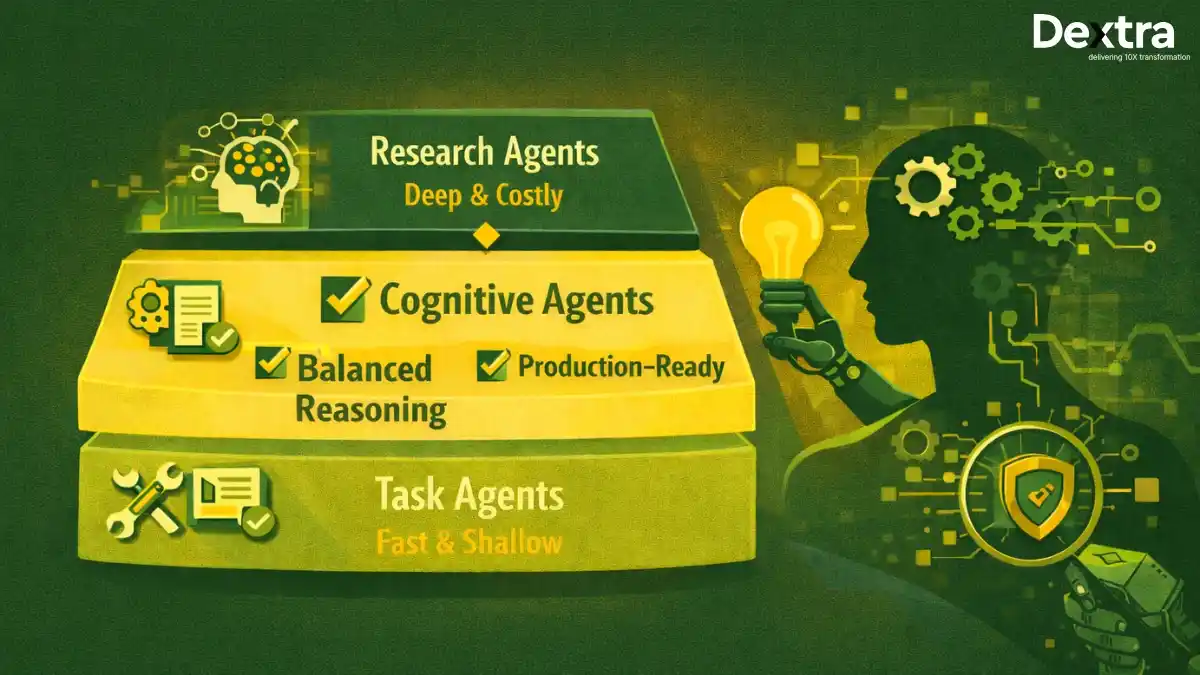Launching a product is a night terror for many entrepreneurs worldwide before the final launch in the market. The product launching cycle is crucial, and solid systematic strategies are needed to publish the product before the users and get positive or negative feedback to support your hard work or ask for further improvements to rank your product to the targetted audience in a more vulnerable way.
Product launch requires dedicated team collaboration and dually-matched support in any development and manufacturing business. You must consider your tough competitors and align your products with their scalable performance, pricing checklists, and marker performance with customer-generated reviews.
In this guide, you will learn the stalwart policies, which launching techniques your product demands, and their key configurations, benefits, and drawbacks. Under these product launching methods, some prime examples of already launched products will also be provided.
Brief Understanding of Soft Launch
A soft launch is one of the best strategies with key configurations and super-performing qualities. It is also known as “Soft Opening for products.” It is a method of launching products before the final launch to assess market performance, check demanding stats, and collect generated reviews and feedback. Many companies also adopt this soft launch strategy to check product stability, scalability, and primary functionalities to keep the demand and supply balance. Moreover, this launching technique can he;p you measure the estimated business output and the high-performing period to capture the market with your well-crafted products.
Let’s understand the soft launching process with a suitable example, if someone intends to launch a real estate project, then the organizer and developer can launch limited units to the limited people. In this period, all the important approvals are in process, but the final construction is yet to start. So, until the developer decides to launch the project in a grand opening hardly, all the backend processes to measure the marketing outreach, scalability, and feedback come in the soft launching court.
Critical Benefits of Soft Launch
1- Minimal Risk
The soft launch helps the development and manufacturing teams take a calculated approach to launch, maintaining balance and avoiding the big risk of failing the project among high-performing competitors with different pricing and quality ranges. This strategy can also help you to build robust strategies in the first half to estimate the market, how much product volume needs and how long your product can perform until the next one comes in the market by another developer.
2- Flexible Approach
It is the most flexible approach to performing in the market and accessing customer satisfaction in the primary launching period. Flexibility in the soft launch can assist you in crafting more dedicated policies and strategies to build a more scalable and measurable product, and you can mold some changes in the product according to the initial feedback.
3- Market Feedback and Continuous Improvements
The success of any product depends upon the first expression in the market before the hard launch. In the soft launching time, the experts try their best to reach as many customers and users to use the product and leave a comprehensive user experience and some significant changes they want in their product to make it more accurate and well-performing. Market feedback is important, like a bloodline for continuous improvement and better integrations to stand alone in the competitive market.
4- Reducing Marketing Cost
Big projects require big advertising and marketing, costing them a lot. Therefore, soft launching is the best method to adopt as launching the products for primary using experience and market with social media influences to reach the maximum audience to generate the best-integrated functionalities about your product, which can, ultimately, reduce the overall costly marketing campaigns for a longer period using social media channel Ads, billboards, TV commercials, and many other marketing channels.
5- Technical Stability
Product performance can be obtained with its technical solid stability and performance quality under unlimited user and maximum user time. If the product creates bugs initially, it can never perform long-lastingly and meet the customer’s expectations. Therefore, the development teams are building more efficient and measurable resources to enhance product stability for maximum scalability and market outreach.
Demerits of Soft Launch
1- Limited User Experience
It is a prime disadvantage of the soft launch as the product is published in a limited area to a specific market and performed with a limited audience to generate the calculated experience and is difficult to handle to maximum outreach at the first stage. Therefore, it can cost the development teams to organize big projects with limited user experience.
2- Major Initial Cost
In the soft launch, maybe the projects are accessed to a limited audience, but the project’s development cost is too much to develop a product under dedicated teams and months or years of hard work. The big drawback of the soft launch comes when the product fails at the earliest stage to impress the audience with built-in qualities and generative values.
3- Competitive Marketing Dynamics
Before soft-launching your products, you must always be aware that the market is already filled with quality products and that your product has the quality and scalability to compete with already established products under the best market control. Your product has to undergo market competition, pricing, scalable outreach, and a flexible approach to change according to the customer’s choice.
4- Scaling Challenge
There are scaling challenges in the tough market when launching other quality products. Therefore, dedicated team collaboration and communication channels to understand the basics of the projects to scale your products by gathering maximum feedback and user experience to overcome all the relevant deficiencies and crafting the best product before the grand launch.
Prime Examples of Soft Launches
You can look at those who successfully launched their products with a soft launching policy. Now, they are performing worldwide with a mass audience, and their scalable performance pushes more users to use the product and add some value to their lifestyle. Some prime examples are given below:
1- Facebook
The Harvard University dropout, Mark Zuckerberg, started working on his social networking website and initially launched Facebook in 2004 for Harvard University students to connect and share some reviews about his socially connected friends and after the IVY students. Afterward, the successful soft launch helped the development team make final launch decisions worldwide on Google and, later on, build apps to connect with the world to meet the people of their choice.
2- Spotify
Spotify, now the world-class music streaming app available in both free and premium versions, was initially launched to test the market and customer feedback in some European countries like Denmark, Norway, Italy, and the United Kingdom. After gaining initial approval and acceptance by a limited audience, they launched it fully across the United States and the world so that users could enjoy their beautiful streaming anywhere without any data connection to their premium version.
3- Angry Bird
The gaming giant Rovio Entertainment decided to launch the masterpiece Angry Bird in Finland in 2009 softly. After successful testing and admiration by game lovers of different age groups, the development team was dedicated to hitting the global market with a super functional game. They have successfully launched the product, and the team was one of the best-performing games with four billion-plus downloads in a single year, 2020.
4- Gmail
Bundles of apps and websites are tested in the soft launch to decide on customer feedback regarding designing the interface, logos, built-in integrations, and many other useful resources. Like others, Gmail (Google Mail) was initially launched to test the emailing market and fully launched after one year to hit the world market.
What is a Hard Launch?
After the detailed understanding of the product’s soft launch, let’s jump into the diverse understanding of hard launch in the product line. The quality strategies for building a successful hard launch for any product are based on the primary market analysis of soft launch.
Acquiring successful launch results for any high-end product requires the first step of collecting customer feedback. After attaining and analyzing this feedback, the developers prepare themselves for a successful hard launch to jump into the competitive market and present the whole plan into execution by launching the final product.
Hard launches assist developers and manufacturers in attaining customer attention, staying confident in the market, providing quality products to end users, and maintaining the critical balance between market demands and their scalability.
Benefits of Hard Launch
Hard launches come with many benefits for both the developers and the stakeholders. If their product does well in the market, beats the competitors with quality integrations, and grabs customers’ attention, they can enjoy market performance.
1- Optimum Market Impact
The quality output of the hard launch maximizes the marketing impact by providing impressive control over the market supply and assisting in controlling the best sites under your product outreach. Therefore, the developers align their initial intent with supreme impact over the market and launch the product in high control area.
2- Maximum Customer Outreach
When the development and research teams acquire superb results in their soft launch and the social media influencing channels share the required amount of targetted audience outreach, it ensures the quality survey with positive feedback, and the product team builds strategies to perform their show in the final launch of their product and reach to the potential customers by providing the product before them or in their excessive control to use and enjoy the product.
3- Promot Results
The key benefit of the hard launch is generating prompt results in the market based on the already published impact of their product; as soon as the product is launched, users come and grab the opportunity to install it and share the quality reviews and the values they are generating through your product.
4- Scalable Business Revenues
All the well-performimng products in the business line can generate the possible sources of streamlining the business revenues. High-end marketing is required throughout the process to ensure quality content to maintain a significant impact on the pre-users and new users to use more to generate maximum income.
5- Media Marketing
One prime benefit of a hard launch is to generate positive content and marketing strategies to build confidence among the users and the developers to maintain a significant role. Media Marketing and Paid channels can create more value and bring more users to your product, ultimately boosting your business growth and product images by targeting the best-matched audience.
Demerits of Hard Launch
As the hard launch brings a bundle of benefits, it also comes with some demerits, which we are sharing below for you to consider before the final launch.
1- Limited Feedback
The final launch always depends on the collective feedback and marketing experience gained in the soft launch. Therefore, teams should be capable of building technical and marketing strategies to promote a quality product in a risky environment that can cost a lot for mid-level developers or manufacturers.
2- Costly Marketing Campaigns
In the competitive and risky market, only those companies sustain and design quality marketing campaigns to targeted audiences in different countries and regions, depending on their scalability to achieve their desired goals. These maximum marketing campaigns are more expensive, and their rates vary from region to region.
3- Competitive Resources
In the scenario of tough competition and the minimal time between the soft launch and complex launch, companies have to build maximum collaborative team performance to use all the resources crucial for mid-level businesses to put resources together.
4- Minimal Error Chances
Hard launch demands minimal chances of errors to perform well in the market. This process can be arduous, and these errors cannot be entertained in the competitive markets and cannot meet the business stability. Therefore, it can be challenging for companies to perform in a narrow-edge marketing space.
Examples of Hard Launches
1- Apple iPhone
Apple is a significant name in the most popular mobile phone manufacturing industry, with its captivating marketing strategies and slim, sleek, and magnificent iOS operations. Their most beautiful interfaces and brand images enhance the user’s credibility in today’s fast-paced market, where mobile phones are overcoming the need for tablets and laptops. Apple holds its hard launch whenever its new series of designs and models enter the market to ensure maximum business output and quick revenue generation streams.
2- Tesla Model S
Elon Musk’s owned TESLA is known as one of the best electric models in today’s automobile industry. When they launched the first TESLA model, they decided to break the screen with a metal ball, and the windscreen broke. By the next hard launch, they performed the same, but the metal ball failed to break the screen. That was the key marketing point in their hard launch period to break into the automobile industry, and they rocked their sales
Frequently Asked Questions
Q. What is the maximum time period for the soft launch?
Experts can decide on the soft launching period following their products, but many experts determine the launching time between two and four weeks as a reasonable time to read the market.
Q. How can you manage the Soft launch vs Hard launch?
To elaborate on this statement, every expert team should collaborate with all the resources and read the market before starting product manufacturing. They should be well aware of the marketing impact of soft launch vs. hard launch to perform in their domain with basic knowledge. Soft and hard launches can make a significant difference in minimizing their marketing and manufacturing costs and streamlining business growth.
Wrapping Up Words
This guide resonates with all developers and business performers who want to meet the desired goals for their product’s marketing performance. A quality understanding of the soft launch and critical roles to perform the best activities and the same for the hard launch can lead to the best results and business outputs.
If you follow the basic understandings, key roles, benefits, and demerits of these launching techniques, you can achieve scalable and measurable growth throughout your launching process.








